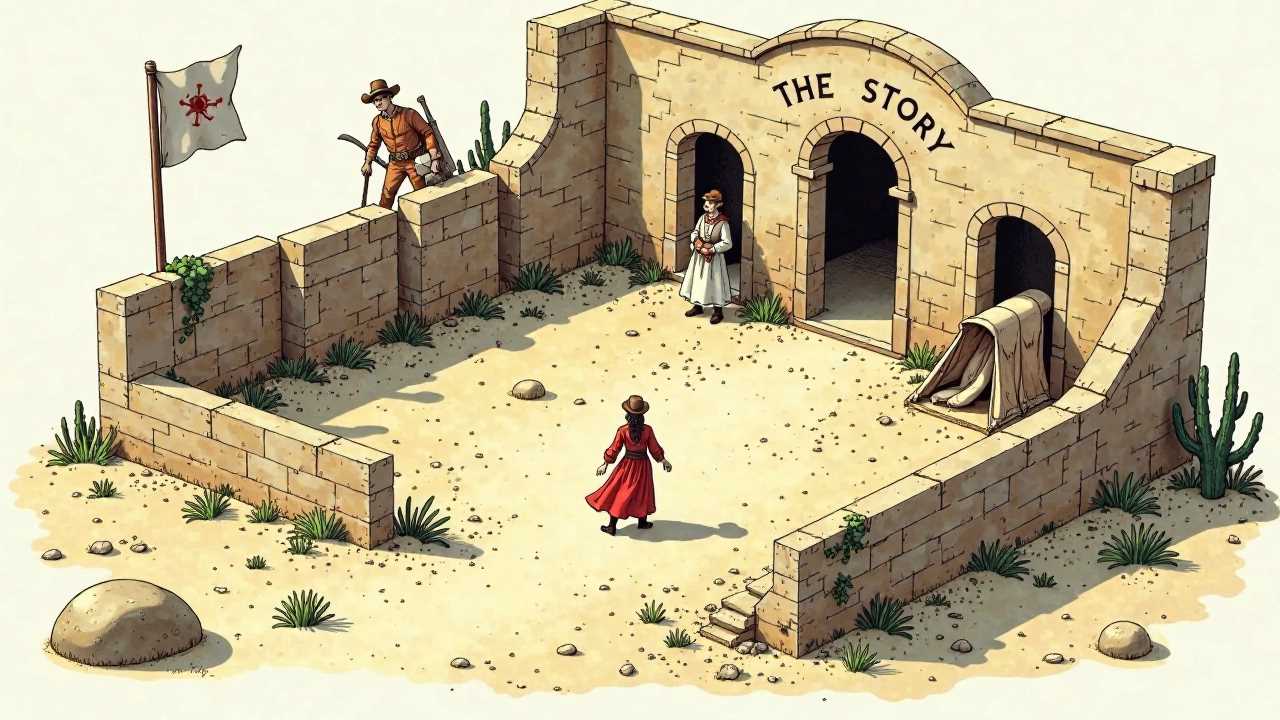
The Significance of Plot Outlining
In the realm of storytelling, plot outlining serves as the backbone of a compelling narrative. It provides a roadmap that guides writers through the intricate process of crafting a story that resonates with readers. A well-structured plot not only ensures coherence but also enhances the overall reading experience by maintaining the audience's engagement from start to finish. By mastering the art of plot outlining, we can elevate our writing to new heights.
Understanding Story Structure
At the heart of effective plot outlining lies a strong story structure. A successful story typically follows a three-act structure: setup, confrontation, and resolution.
1. Setup: This initial phase introduces the protagonist, the setting, and the primary conflict. It is essential to lay a solid foundation that hooks the reader's interest.
2. Confrontation: The second act is where the bulk of the action occurs. Here, the protagonist faces obstacles and challenges, leading to character growth and development.
3. Resolution: The final act ties up loose ends and resolves the conflict, providing a satisfying conclusion to the reader.
By adhering to this structure, writers can ensure that their narratives remain focused and engaging, thus enhancing the effectiveness of plot outlining.
Character Development: The Heart of Your Story
Character development is a crucial element of any narrative. Characters are the vehicles through which the story unfolds, and their growth often drives the plot forward. A well-developed character should possess distinct traits, motivations, and arcs that evolve throughout the story.
To achieve effective character development, we should:
- Create detailed character profiles that outline their backgrounds, desires, and conflicts.
- Establish clear character arcs that demonstrate their transformation over the course of the story.
- Ensure that characters face challenges that test their beliefs and values, leading to growth and change.
By focusing on character development within our plot outlining, we can create more relatable and engaging narratives that resonate with readers on a deeper level.
The Narrative Arc: Building Tension and Engagement
The narrative arc is the trajectory of a story that encompasses its rising action, climax, and falling action. It is essential to maintain a sense of tension and engagement throughout the narrative, which can be achieved by carefully planning the narrative arc during the plot outlining process.
1. Rising Action: This phase builds suspense and develops the conflict. It is crucial to introduce obstacles that challenge the protagonist and keep readers invested in the outcome.
2. Climax: The climax is the turning point of the story, where the main conflict reaches its peak. This moment should be intense and emotionally charged, providing a satisfying payoff for the buildup of tension.
3. Falling Action: After the climax, the falling action begins to resolve the remaining conflicts. It is important to maintain reader interest during this phase by addressing the consequences of the climax and leading towards a resolution.
By thoughtfully constructing the narrative arc, we can ensure that our stories remain compelling and maintain reader engagement throughout.
Pacing Techniques: Keeping the Momentum
Effective pacing techniques are vital in maintaining the flow of a story. Pacing refers to the speed at which the story unfolds and can significantly impact the reader's experience. To master pacing in our plot outlining, we can employ several techniques:
- Vary Sentence Length: Short, punchy sentences can create urgency, while longer, descriptive sentences can slow down the narrative for reflection or detail.
- Strategic Scene Placement: Alternating between high-stakes scenes and quieter moments allows readers to catch their breath and absorb the story's emotional weight.
- Cliffhangers: Ending chapters or sections on cliffhangers can propel readers forward, eager to see what happens next.
By incorporating these pacing techniques into our plot outlining, we can create a balanced narrative that captivates readers and keeps them turning the pages.
Thematic Elements: Adding Depth to Your Story
The thematic elements of a story provide depth and meaning, allowing readers to connect with the narrative on a more profound level. Themes can emerge from characters' journeys, conflicts, and resolutions.
To effectively weave themes into our plot outlining, we should:
- Identify the central themes we wish to explore before we begin writing.
- Ensure that character arcs and conflicts align with these themes, reinforcing their significance throughout the story.
- Use symbols and motifs that echo the themes and enhance the reader's understanding.
By thoughtfully integrating thematic elements into our narratives, we can create stories that resonate with readers and provoke thought and reflection.
Conflict Resolution: The Key to a Satisfying Ending
Conflict resolution is the culmination of the story's tension and challenges. It is essential to provide a satisfying resolution that addresses the primary conflict and ties up any loose ends. Effective conflict resolution can leave a lasting impression on readers and enhance the overall impact of the story.
To achieve compelling conflict resolution, we should:
- Ensure that the resolution is earned and logical, stemming naturally from the characters' actions and growth.
- Avoid overly tidy endings; real-life conflicts often have complex resolutions that reflect the nuances of human experience.
- Consider leaving some questions unanswered, allowing readers to ponder the implications of the story beyond its conclusion.
By focusing on conflict resolution in our plot outlining, we can create narratives that resonate with readers long after they have turned the final page.
Mastering plot outlining is an essential skill for any writer looking to craft engaging and meaningful stories. By understanding the intricacies of story structure, character development, narrative arcs, pacing techniques, thematic elements, and conflict resolution, we can create narratives that not only captivate readers but also leave a lasting impact. With practice and dedication, we can refine our storytelling abilities and produce works that resonate deeply with audiences.
 Writing TipsCreative WritingJournalingSketching TechniquesBuying GuidesPrivacy PolicyTerms And Conditions
Writing TipsCreative WritingJournalingSketching TechniquesBuying GuidesPrivacy PolicyTerms And Conditions
